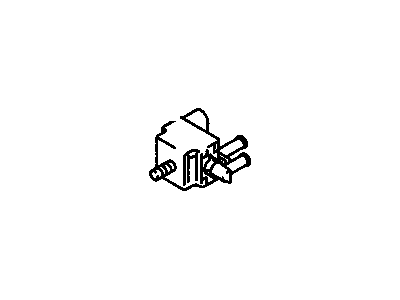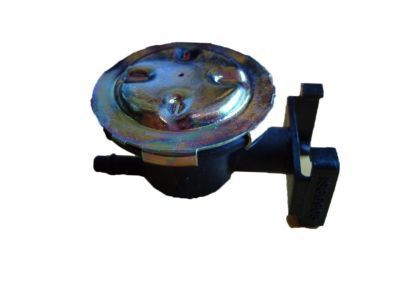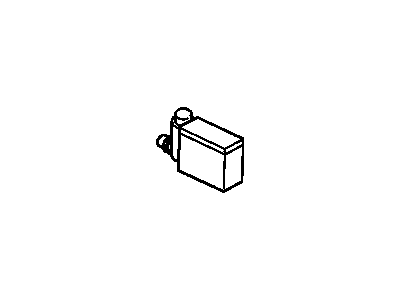
My Garage
My Account
Cart
Genuine Cadillac Deville EGR Valve
Emissions EGR Valve- Select Vehicle by Model
- Select Vehicle by VIN
Select Vehicle by Model
orMake
Model
Year
Select Vehicle by VIN
For the most accurate results, select vehicle by your VIN (Vehicle Identification Number).
23 EGR Valves found
Cadillac Deville Valve Kit,EGR
Part Number: 19210678$81.19 MSRP: $147.62You Save: $66.43 (45%)Ships in 1-2 Business DaysCadillac Deville Valve,EGR
Part Number: 12578040$111.35 MSRP: $348.96You Save: $237.61 (69%)Ships in 1-2 Business DaysCadillac Deville Valve Kit,EGR
Part Number: 19210671$86.78 MSRP: $162.60You Save: $75.82 (47%)Ships in 1-2 Business DaysCadillac Deville Solenoid Asm,Evap Emission Canister
Part Number: 21994122$34.46 MSRP: $65.03You Save: $30.57 (48%)Ships in 1-2 Business Days
| Page 1 of 2 |Next >
1-20 of 23 Results
Cadillac Deville EGR Valve
They include the EGR Valve, found in Cadillac DeVille vehicles, whose work is to control the means by which exhausted gases re-circulate into the combustion chamber when the AF ratio is off and therefore reducing air pollutants. This technique contributes to an improvement in nitrogen oxide emissions since exhaust gas is recycled and this leads to a reduction in O2 concentration and the maximum temperature. Over the years EGR technology has evolved from simple jets to complex valves triggered by the engine state. Such systems in the modern automobiles may comprise of backpressure transducers to enhance the flow of EGR. I understand that for compliance with emission legislation EGR is crucial; however, there are some new engines like Chrysler Pentastar 3.6 that do not use EGR. The carbon deposits must be removed by timely servicing so that they do not block the flow of EGR valve.
Each OEM Cadillac Deville EGR Valve we offer is competitively priced and comes with the assurance of the manufacturer's warranty for the part. Furthermore, we guarantee the speedy delivery of your orders right to your doorstep. Our hassle-free return policy is also in place for your peace of mind.
Cadillac Deville EGR Valve Parts Questions & Experts Answers
- Q: What is the function and location of the EGR valve in an engine on Cadillac DeVille?A:The EGR system consists of exhaust gases that are metered into the intake manifold either through the manifold passages or through outside pipes, which connect the exhaust manifold to the EGR valve and the intake manifold. These exhaust gases combine with the air/fuel mixture inside the manifold. At high combustion temperatures, the dilution of the air/fuel mixture by exhaust gases lowers combustion chamber temperatures resulting in reduced levels of oxides of nitrogen (NOx) as a natural byproduct or high combustion temperatures. The PCM regulates how much exhaust gas is mixed with air/fuel mixture depending on engine operating conditions. It is also under direct control by PCM and is digitalized. This digital EGR valve meters exhaust gases into intake manifold independently from intake manifold vacuum and can better regulate it than any vacuum controlled EGR valve. A few common issues with such engines are rough idling or stalling at idle; rough engine performance during light throttle application, and stalling during deceleration. In order to check this valve, special electronic diagnostic equipment must be used; it should only be done at dealer service departments or other qualified repair facilities. This valve is located on the left end of the engine behind the throttle body. Disconnect electrical connector from EGR valve, remove two nuts for EGR valve mounting and pull out EGR valve itself to replace it . The removal process needs to be reversed during installation.
Related Cadillac Deville Parts
Browse by Year
2005 EGR Valve 2004 EGR Valve 2003 EGR Valve 2002 EGR Valve 2001 EGR Valve 2000 EGR Valve 1999 EGR Valve 1998 EGR Valve 1997 EGR Valve 1996 EGR Valve 1995 EGR Valve 1994 EGR Valve 1993 EGR Valve 1992 EGR Valve 1991 EGR Valve 1990 EGR Valve 1989 EGR Valve 1988 EGR Valve 1987 EGR Valve 1986 EGR Valve 1985 EGR Valve 1984 EGR Valve 1983 EGR Valve 1982 EGR Valve

























